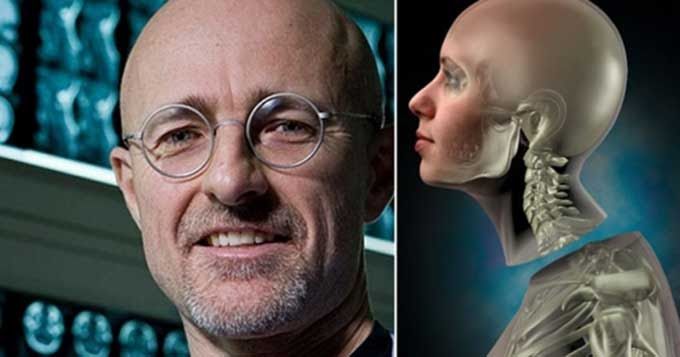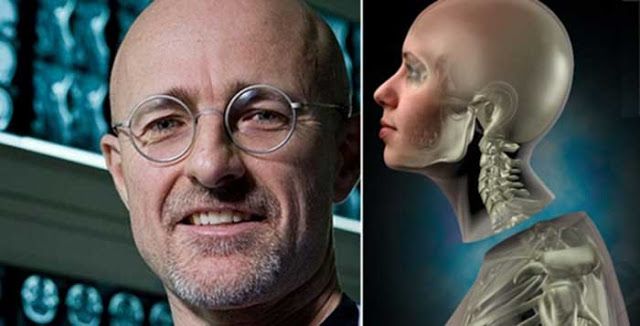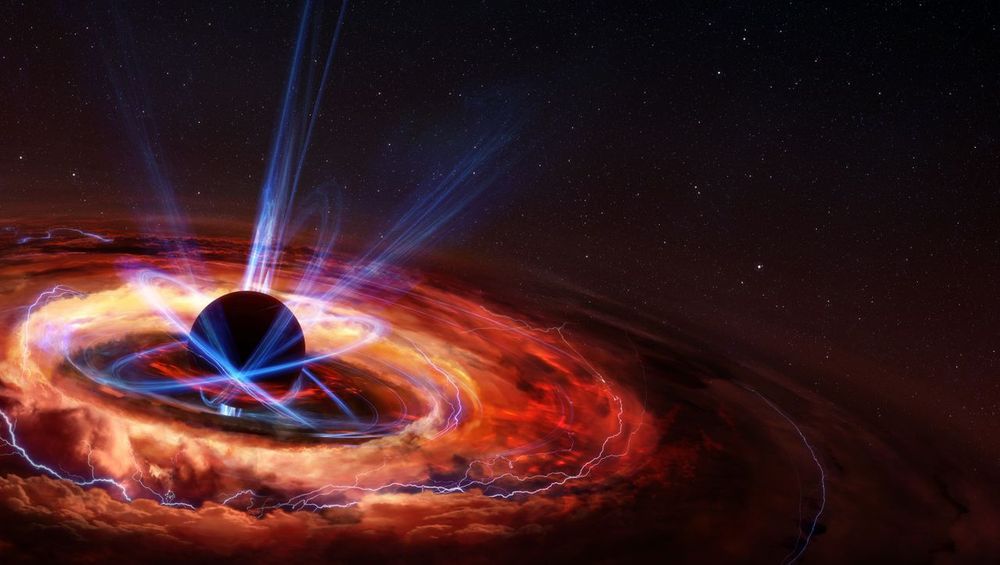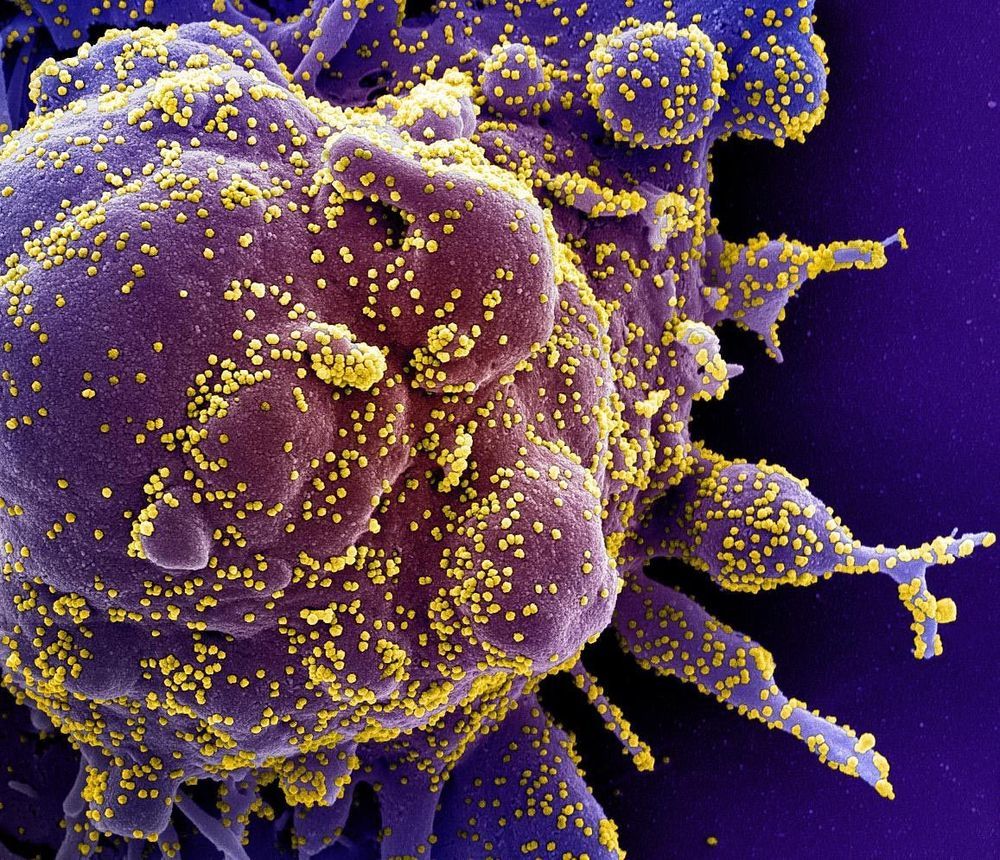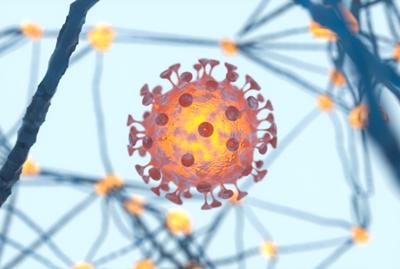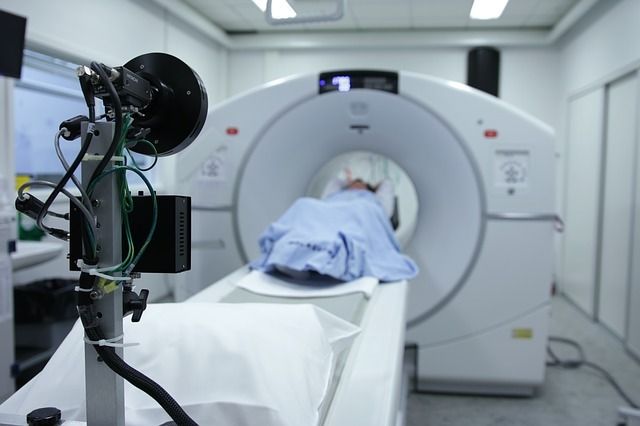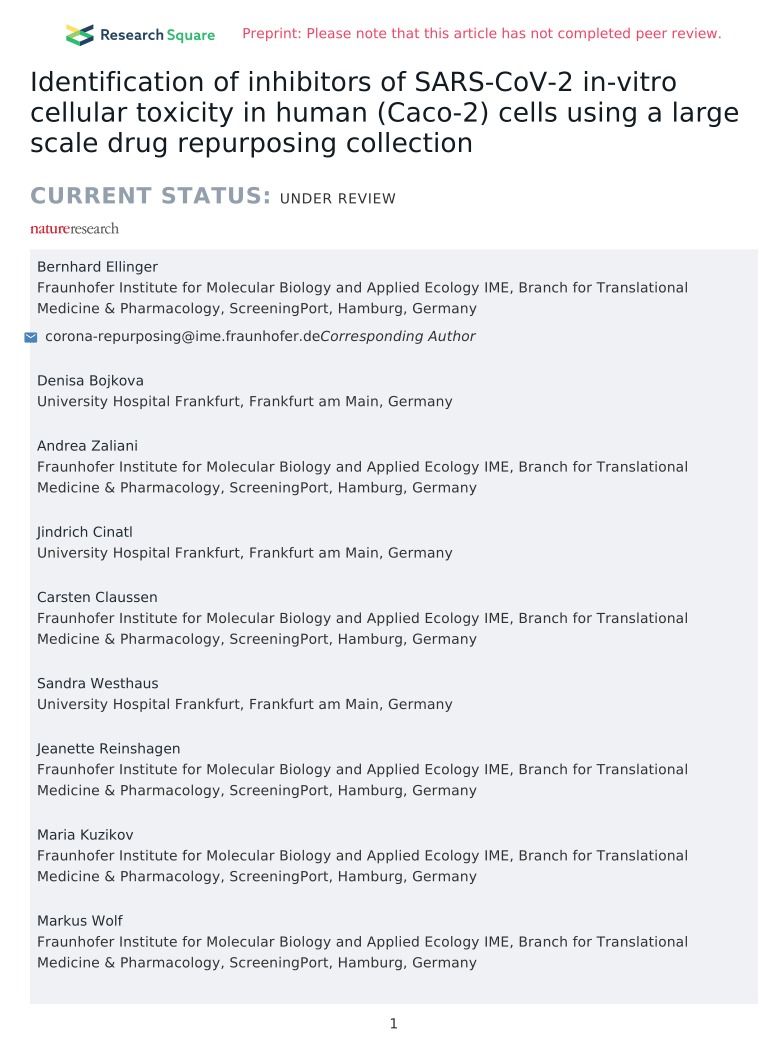Last year, Dr. Sergio Canavero created quite the ruckus (to put it mildly) when he vowed to be the primary person to transplant a person’s head onto a deceased donor’s body. Yes, he’s planning on attempting the world’s first caput transplant (or body transplant, betting on how you study it).
In fact, it’s been a few years since his initial proclamation, and therefore the Italian neurosurgeon still stands firm on his declaration, despite claims from other experts that it’s nothing but a PR Stunt (at best) or a hoax. Some have even hypothesized it’s all just a plot meant to push Metal Gear Solid.
